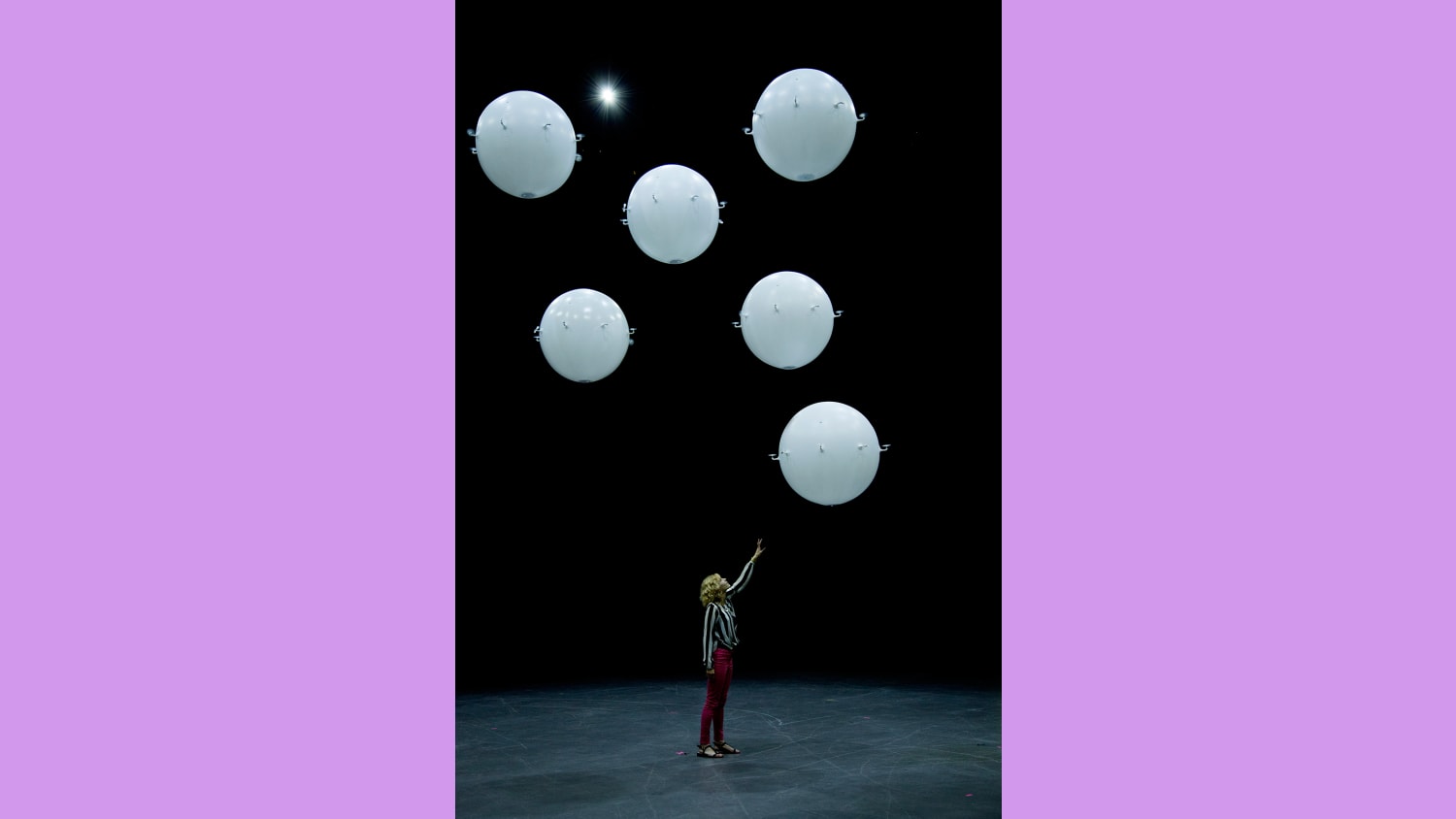On view through August at The Roundhouse in London, +/- Human is an innovative dance performance and immersive installation, choreographed by Wayne McGregor. During the performance, the dancers are joined by a “swarm” of spherical computer-programmed drones, who move and respond to patterns of movement.
Multi-award-winning British choreographer Wayne McGregor has been redefining contemporary arts for over two decades. The piece was produced in collaboration with Random International, the contemporary arts collective behind the immensely popular Rain Room exhibit.
The Innovation Group recently spoke with McGregor to discuss the inspiration for +/- Human and his interest in merging the disciplines of science, technology and dance.
What inspired +/- Human?
We have been doing a lot of AI and machine learning and working with algorithms for the last 14 years or so in different contexts, and I wanted to work with that intelligence in a different way to try and find a different relationship with technology and bodies.
When the Roundhouse asked me to do the project, I mentioned it to Random International, who we have worked with on many of these projects before, and they said they had already started to think about working with drones, so it was a bit of a synergy. I like the idea of having a performance that sometimes had human beings in it and sometimes didn’t.
When we think about drones, we always think about the negative connotations of them, or we think about these irritating noisy things, but we wanted to find something poetic with the drones rather than something that was functional.







